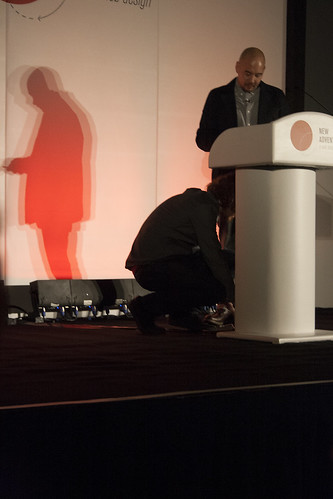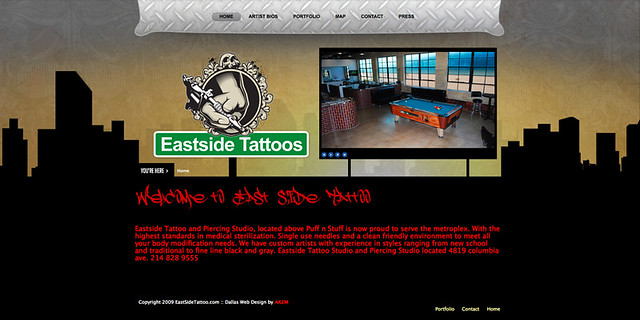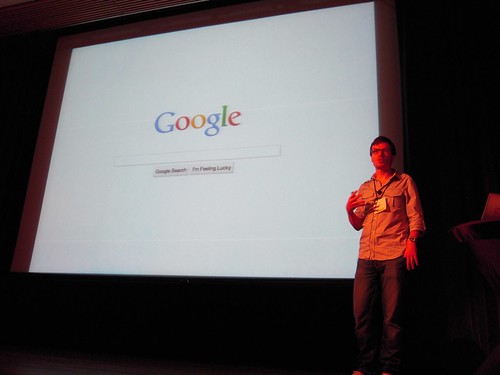If you are inexperienced with web page design, you should start by learning as much as possible about the basics. There are numerous references that a web designer can utilize in order to begin learning. This article is a great example of such a reference. The following tips will help anyone be a better web designer.
When you design a site, pull it up in various browsers. What you get on your browser isn’t always what your visitors see on their browser. Make sure that your site is compatible with all popular browsers. You may also send people you know with other operating systems to see if their browser works like yours.
Unless your website can be viewed on a variety of browsers, it is unlikely to produce the desired results. Ensure that the site can be easily navigated on the most popular browsers. What works in Chrome might not appear the way you want it in Firefox, Internet Explorer, or Safari. Prior to formally launching your site, verify that it displays correctly in each of these popular browsers.
Be mindful of your background. Your background should not be too distracting and allow your reader to read the text easily. Your audience will have a more pleasurable browsing experience if your background is conducive to reading your text.
Do not use pop-ups on your site. Nothing is worse that going to a website and being bombarded with pop-up ads. Many people will close a website that brings pop-ups as soon as they can, no matter what size the site is. Make sure your customers are happy by eliminating these pesky ads from your site. Some website hosting services require you to use pop-up ads; you should view such policies as strong arguments against using such a service.
It is very important that you understand the needs of your web visitors. As a web designer, you should always focus on the viewer’s needs. Things such as interactivity, accessibility, user experience and usability are all very important. These are the most important considerations to be made. As you design your website, look at it from the end user’s perspective.
Pay attention to the graphics you use. You are better off keeping the graphics to the normal GIFs and JPEGs so it loads smoothly. PNG and BMP files offer advantages for web graphics, but the file sizes are too much for internet load times. By converting your graphics, you can help speed up load times.
As you work on your site, make sure to incorporate both conditional loading and independent CSS pages. You will thank yourself later, when both the maintenance and testing process is simpler. You do not want to run into problems when making changes to your site.
If you want to build an excellent website, give Adobe Dreamweaver a try. Even amateurs can quickly get the hang of using this program. There are lots of features and many layouts and templates for you to use. You can preview your site before finalizing it.
Use good looking graphics throughout your website. Using image text wrapping is one great technique. If you content is surrounded by creative design, visitors will like your site more.
Website Creation
Basic techniques, as previously mentioned, are essential for website creation novices to learn if they ever hope to design useful, well-thought out sites. Figuring out the best place to start can be tough, given all the different resource options. Studying this article is a good way to start learning website creation.










Recent Comments